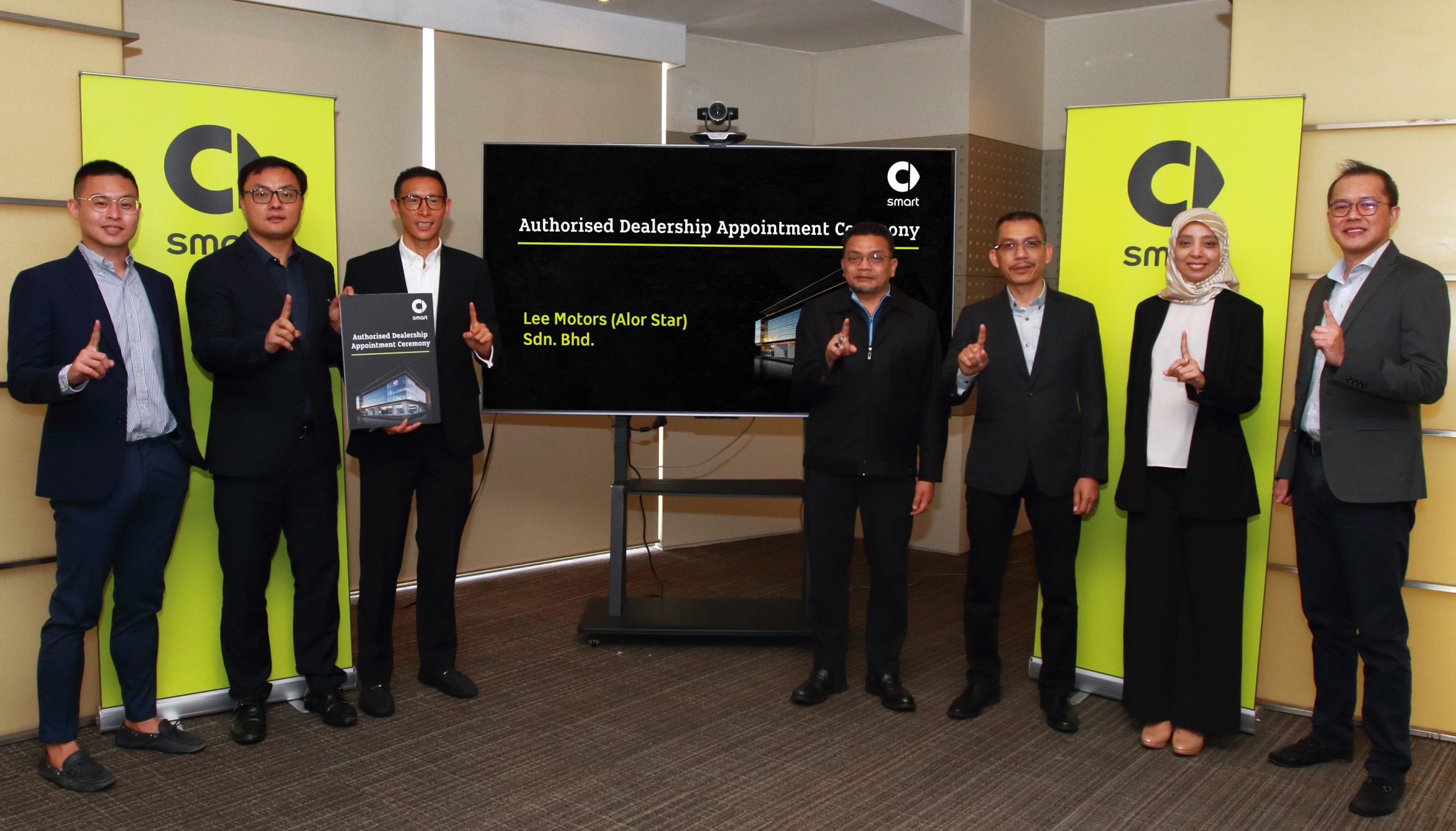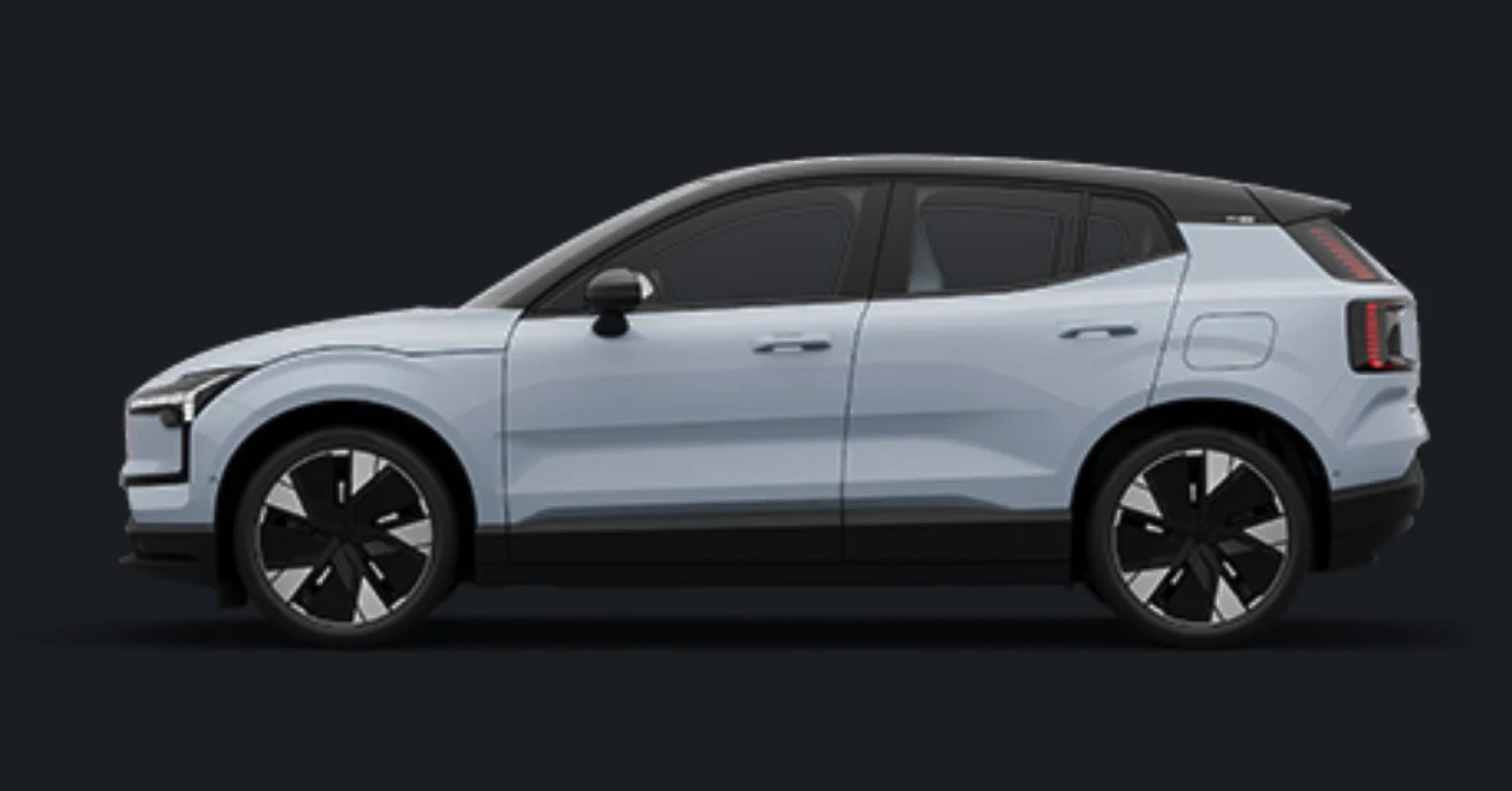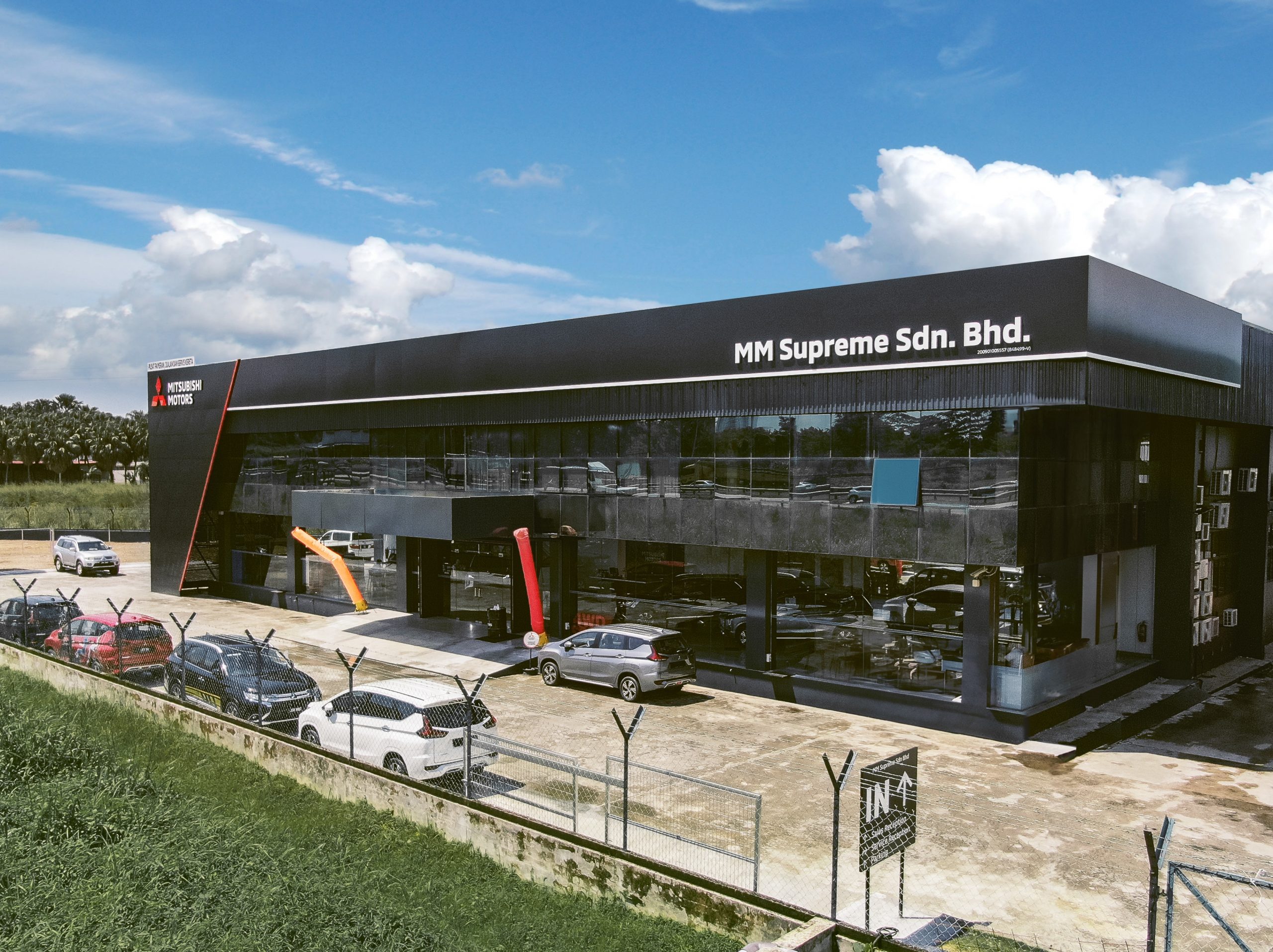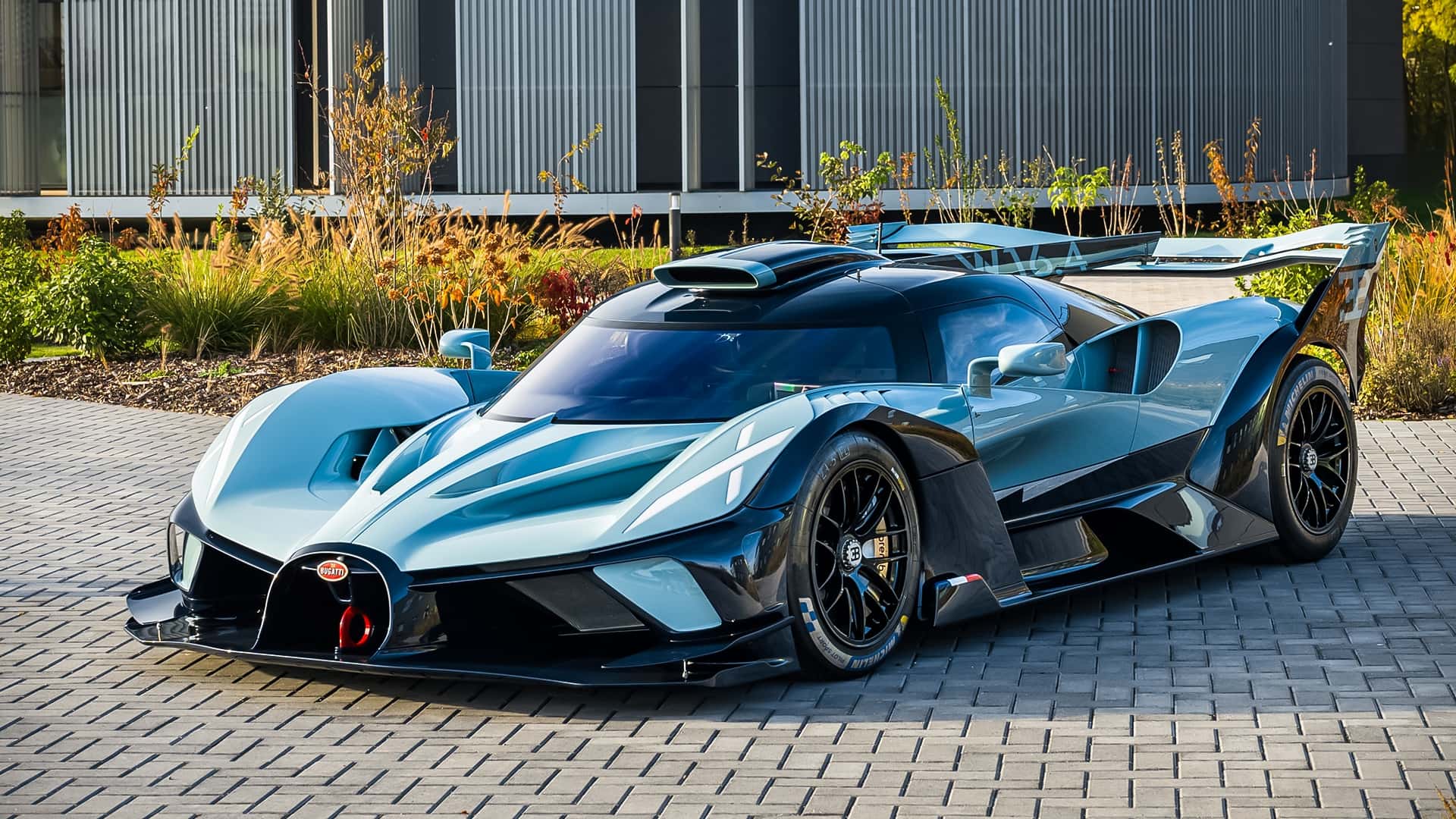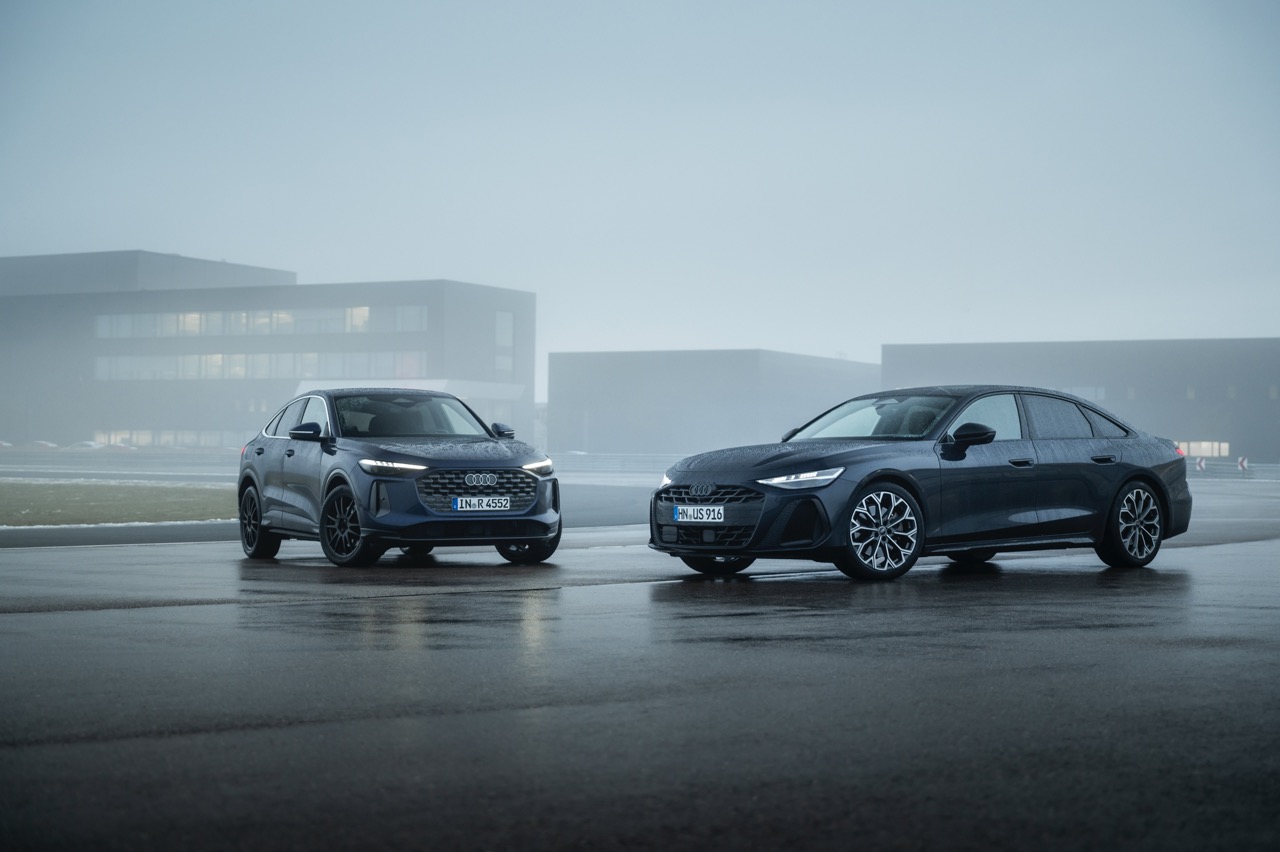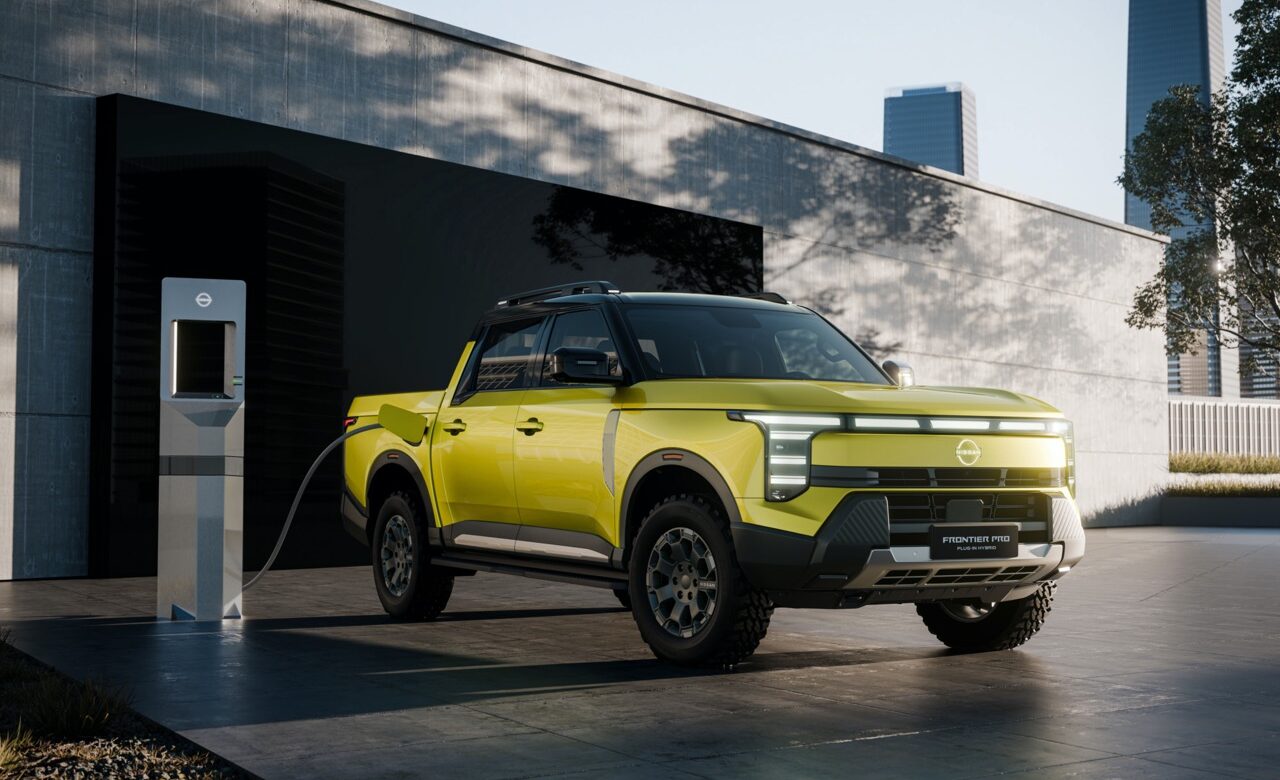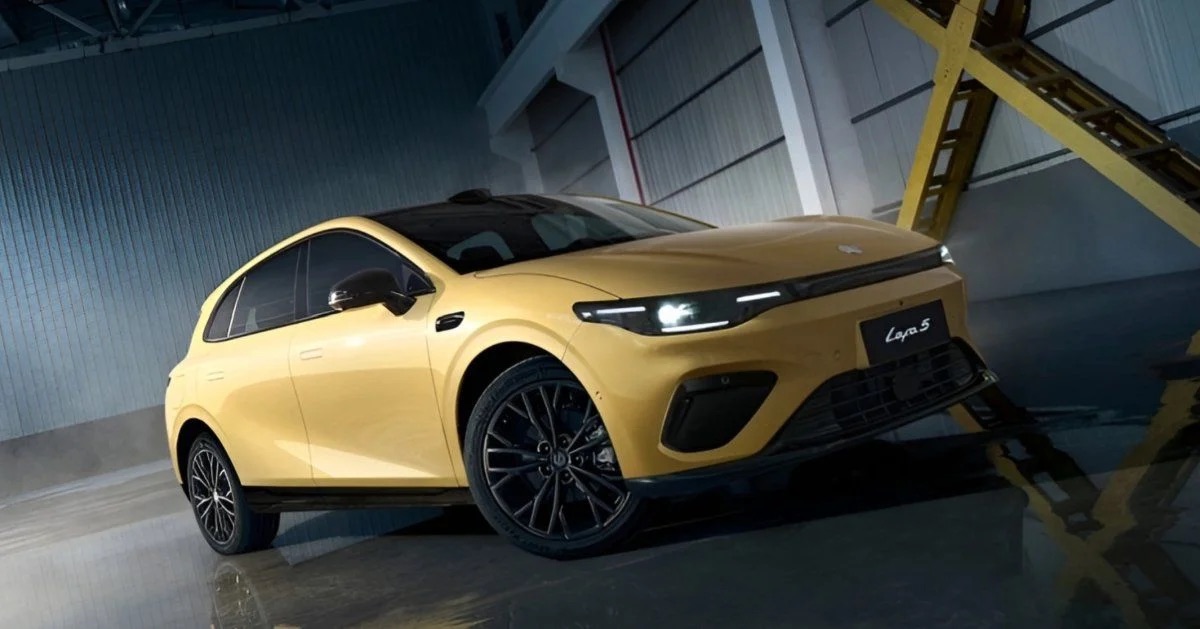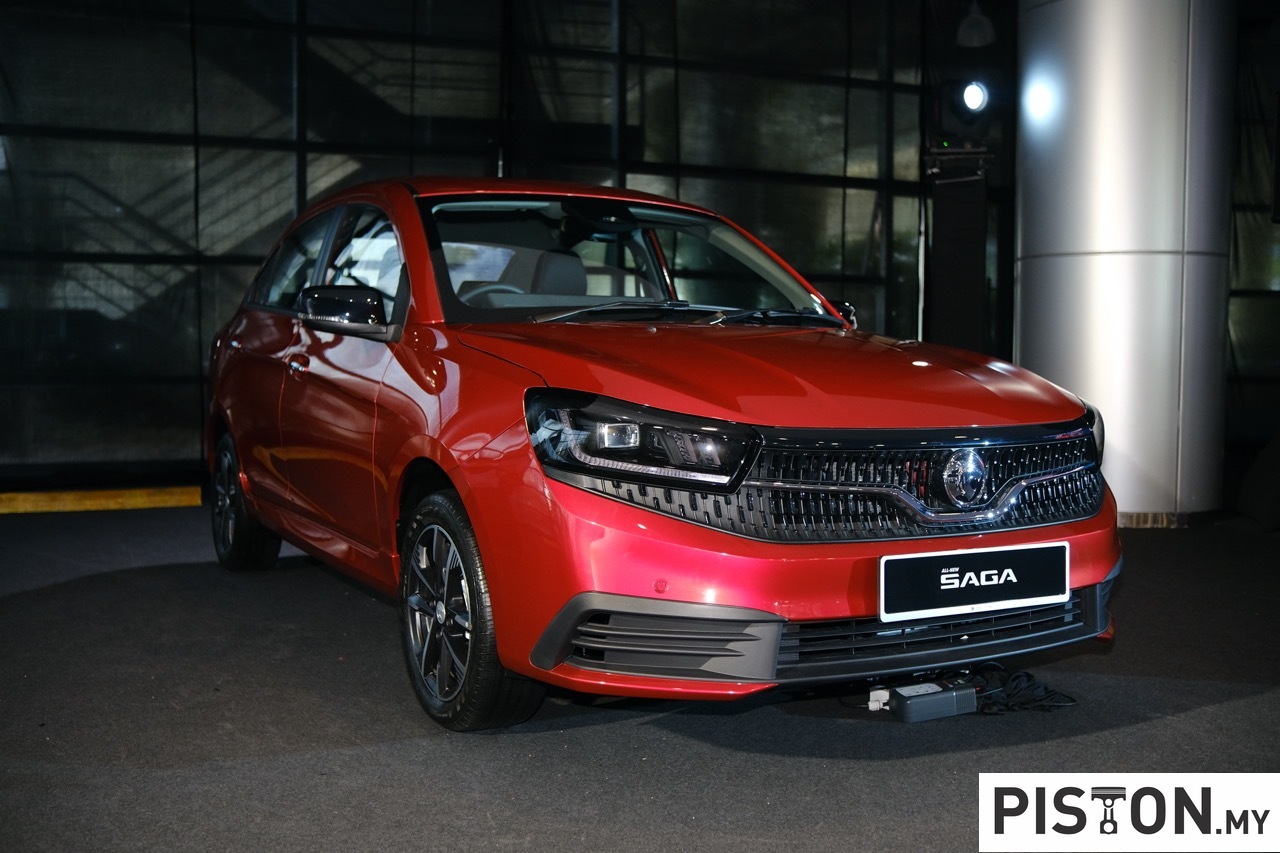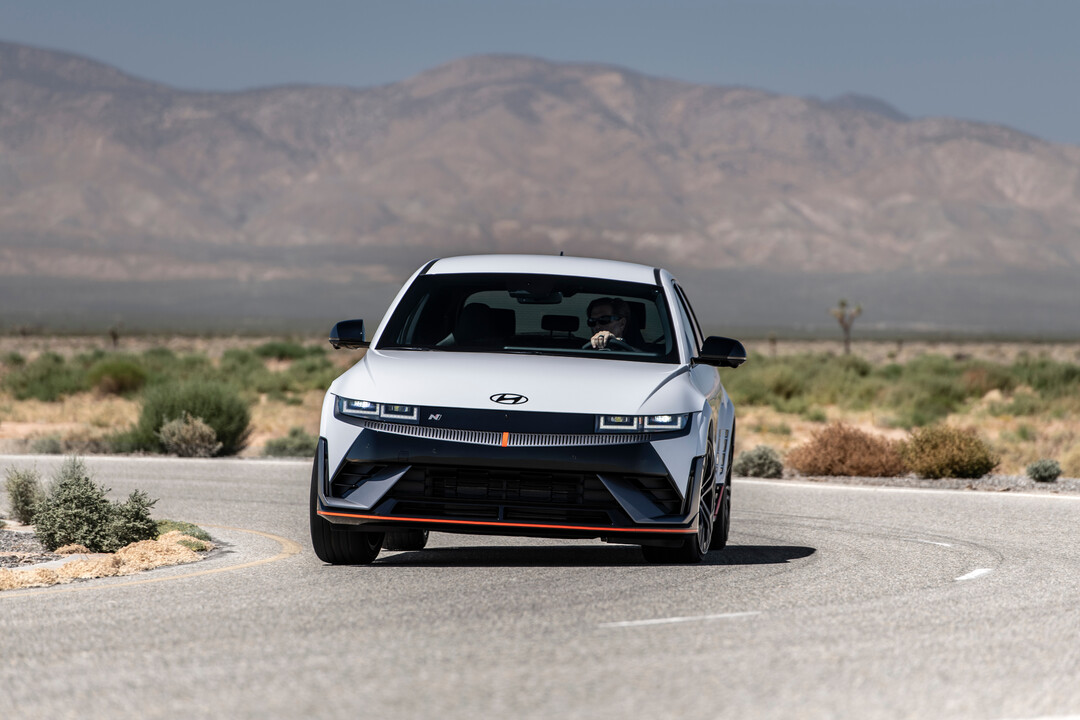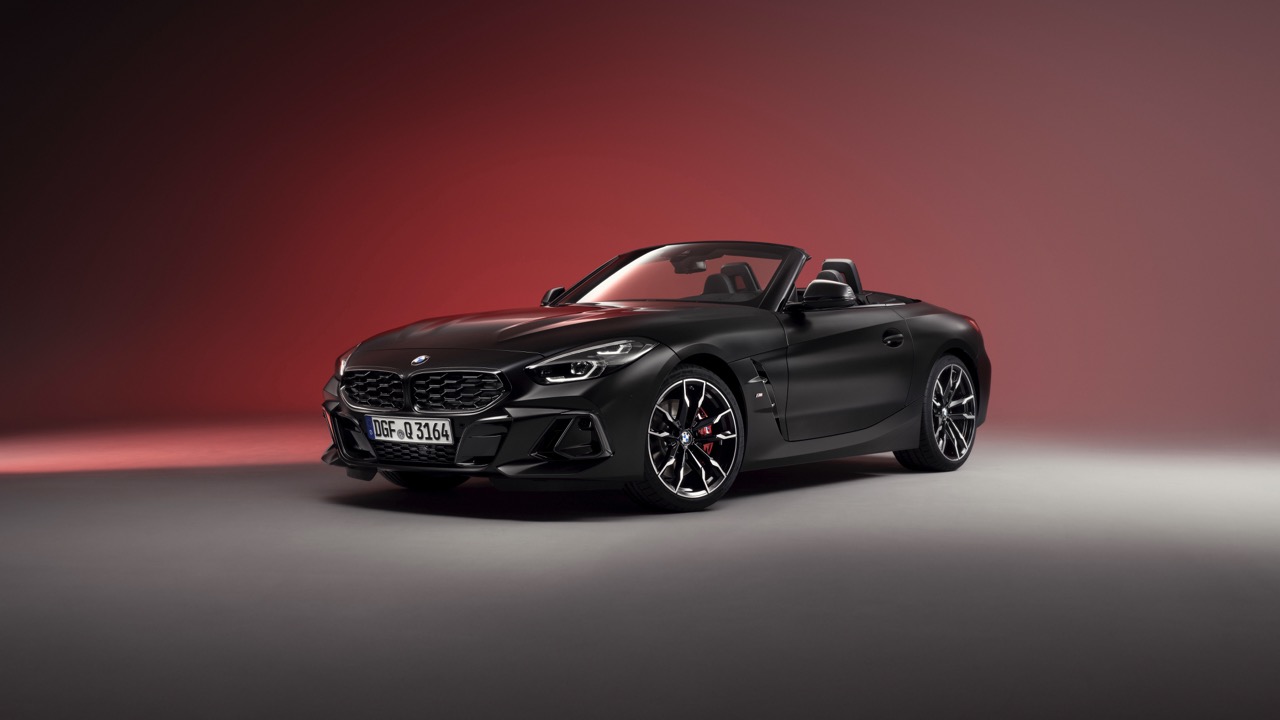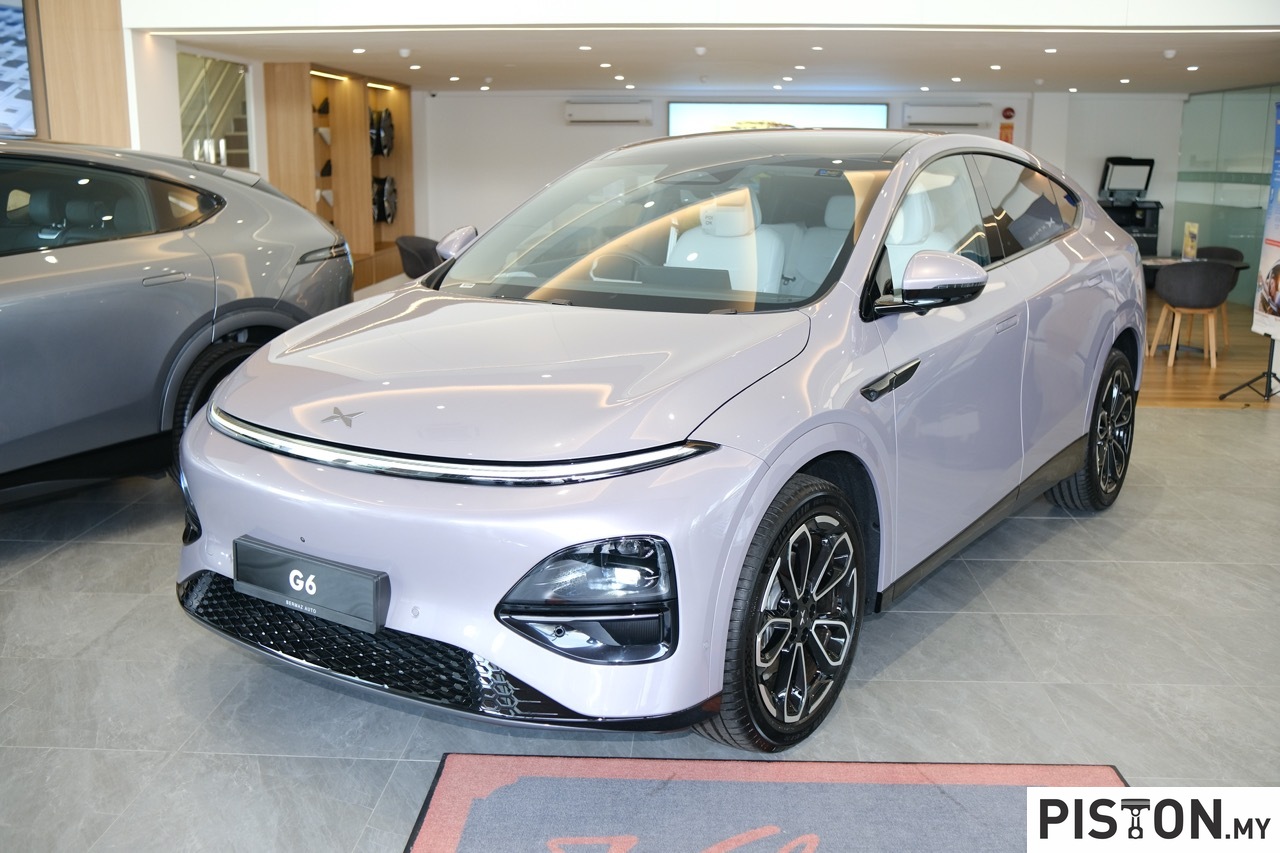In order to supply a full selection of in-car AI cabin solutions for the upcoming generation of software-defined vehicles, MediaTek and NVIDIA have announced their alliance. This is to create the most attractive solutions for cutting-edge connected cars, the collaboration leverages the strengths of each company’s automotive product portfolios.
MediaTek is a Taiwanese semiconductor company that provides chips for wireless communications, high-definition television, handheld mobile devices like smartphones and tablet computers, navigation systems, consumer multimedia products and digital subscriber line services as well as optical disc drives.
(more…)

